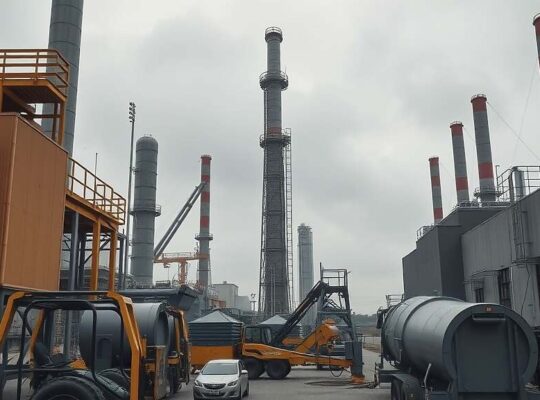September 2025 presented a stark contrast of meteorological conditions across the country. The month began with late-summer warmth, with temperatures exceeding 30 degrees Celsius (°C) in several regions just days before the autumnal equinox. However, a significant shift occurred on September 22nd, ushering in cooler temperatures and a distinctly autumnal feel, according to preliminary data released by the German Meteorological Service (DWD).
The month’s average temperature reached 14.5 °C, 1.2 degrees above the reference period of 1961-1990 (13.3 °C) and 0.7 degrees above the comparison period of 1991-2020 (13.8 °C). The northern regions experienced the most pronounced temperature deviations, registering approximately 2 degrees above average.
A late-summer episode saw widespread temperatures between 25 and 30 °C, with localized peaks surpassing 30 °C on September 20th. The town of Pabstorf, in the northern foothills of the Harz mountains, recorded the highest temperature of 32.6 °C.
The transition to autumn brought a noticeable change in weather patterns, with the final ten days of the month frequently cooler and featuring crisp, autumnal days. Deutschneudorf-Brüderwiese in the Ore Mountains recorded the month’s lowest temperature of -1.3°C, while Zugspitze logged -6.1°C on September 27th.
Precipitation levels were significantly elevated throughout September 2025. Total rainfall reached 86 liters per square meter (l/m²), representing a 41 percent increase compared to the 1961-1990 average (61 l/m²) and a 32 percent increase compared to the 1991-2020 comparison period (65 l/m²). The southwestern region experienced particularly heavy rainfall, with Baden-Württemberg, Rhineland-Palatinate and Saarland reporting exceptionally high precipitation totals.
Saarland is currently projected to experience its wettest September on record, potentially surpassing the record set in 1991 (170.7 l/m²). North Rhine-Westphalia also saw extreme weather events, with Mönchengladbach-Hilderath recording the highest daily rainfall total of the month at 118.7 l/m². Conversely, parts of northern and central Germany reported monthly rainfall totals below 30 l/m².
Sunshine hours totaled 157, a slight increase (5 percent) compared to the 1961-1990 reference period (150 hours) and aligned with the average for the 1991-2020 reference period (157 hours). The northeastern region enjoyed frequent sunshine, with the Baltic Sea coast and its inland areas registering over 200 hours. Central and southwestern uplands, however, experienced a more overcast month, with some locations registering less than 125 hours of sunshine.












